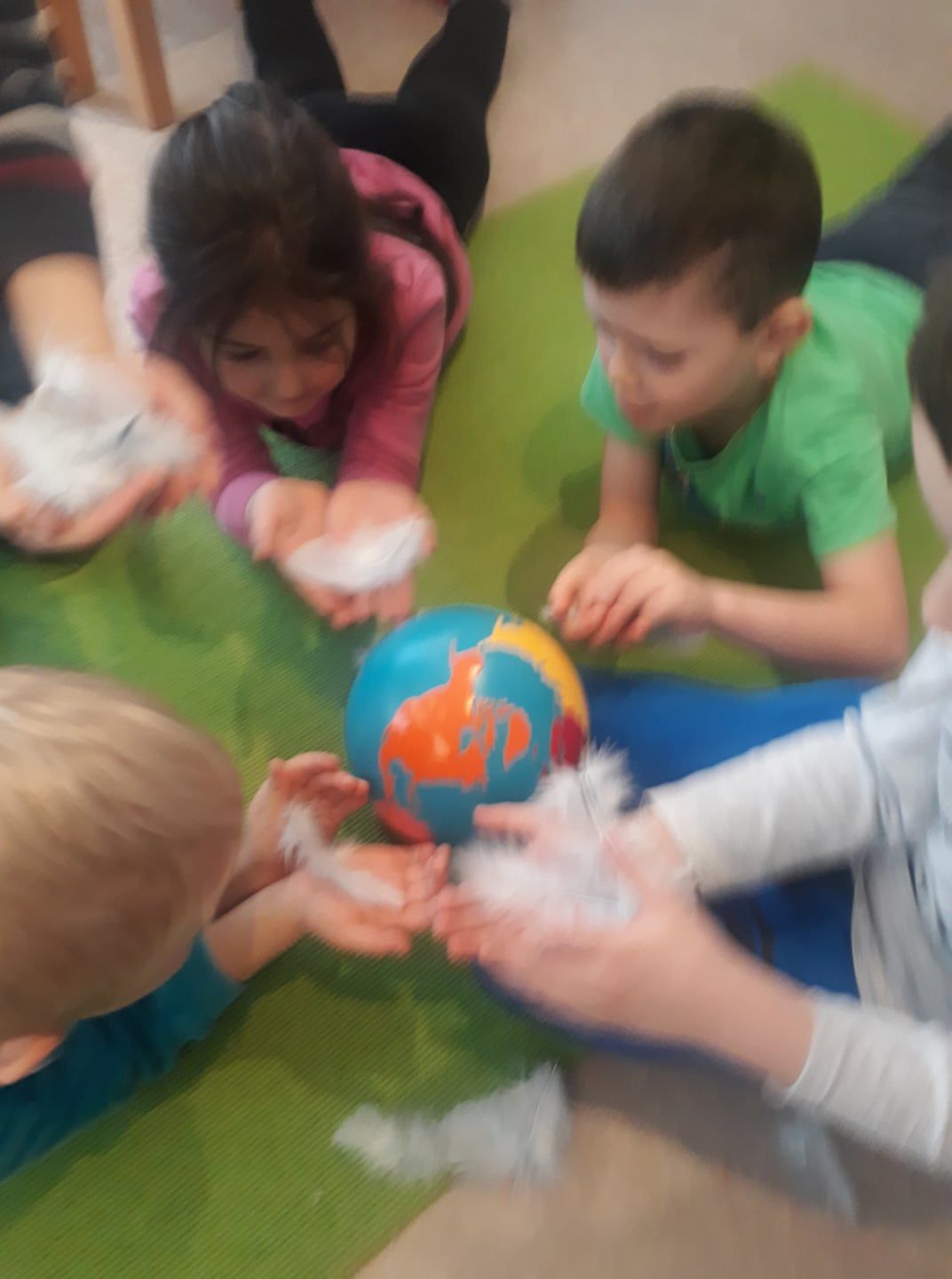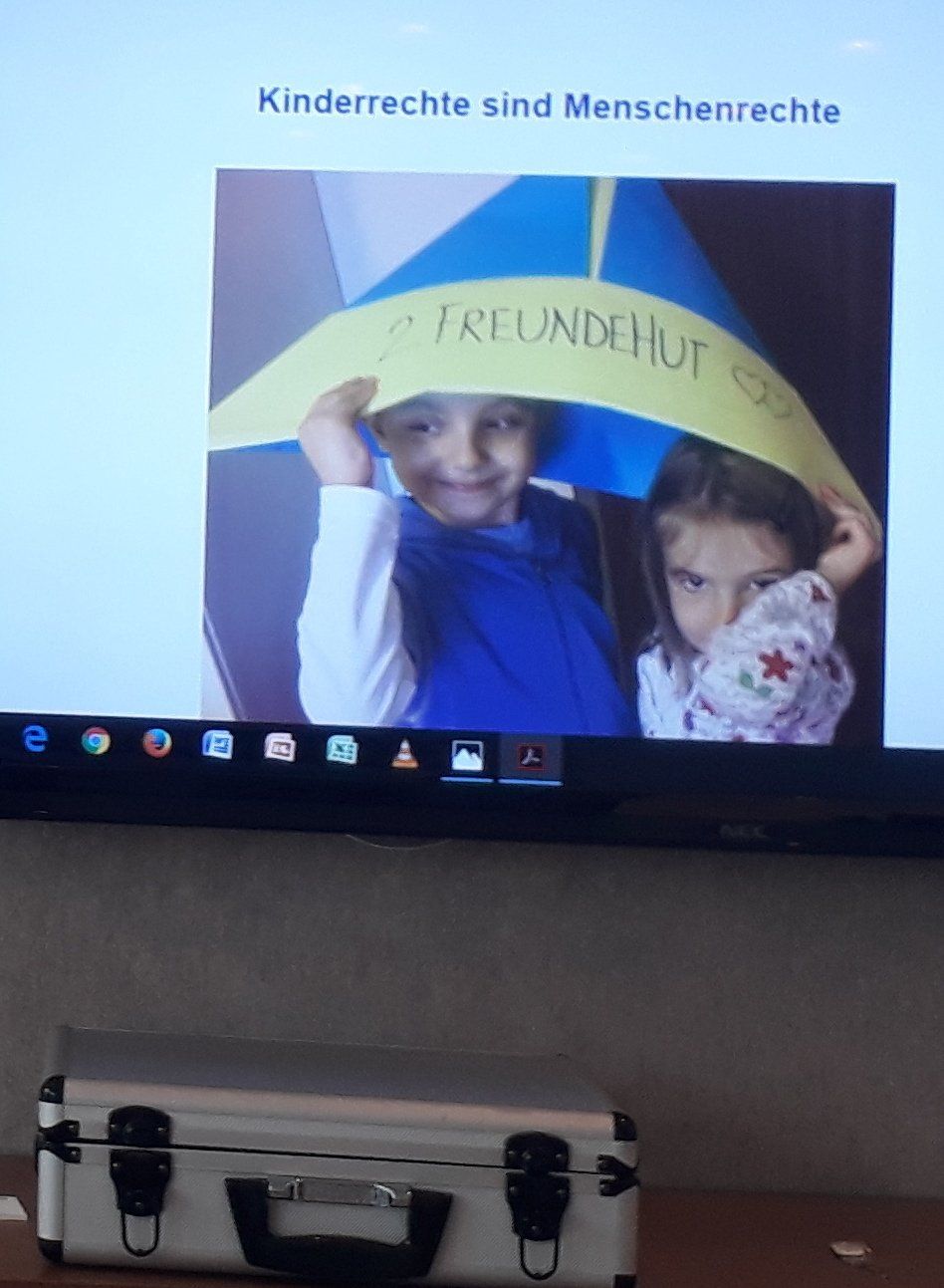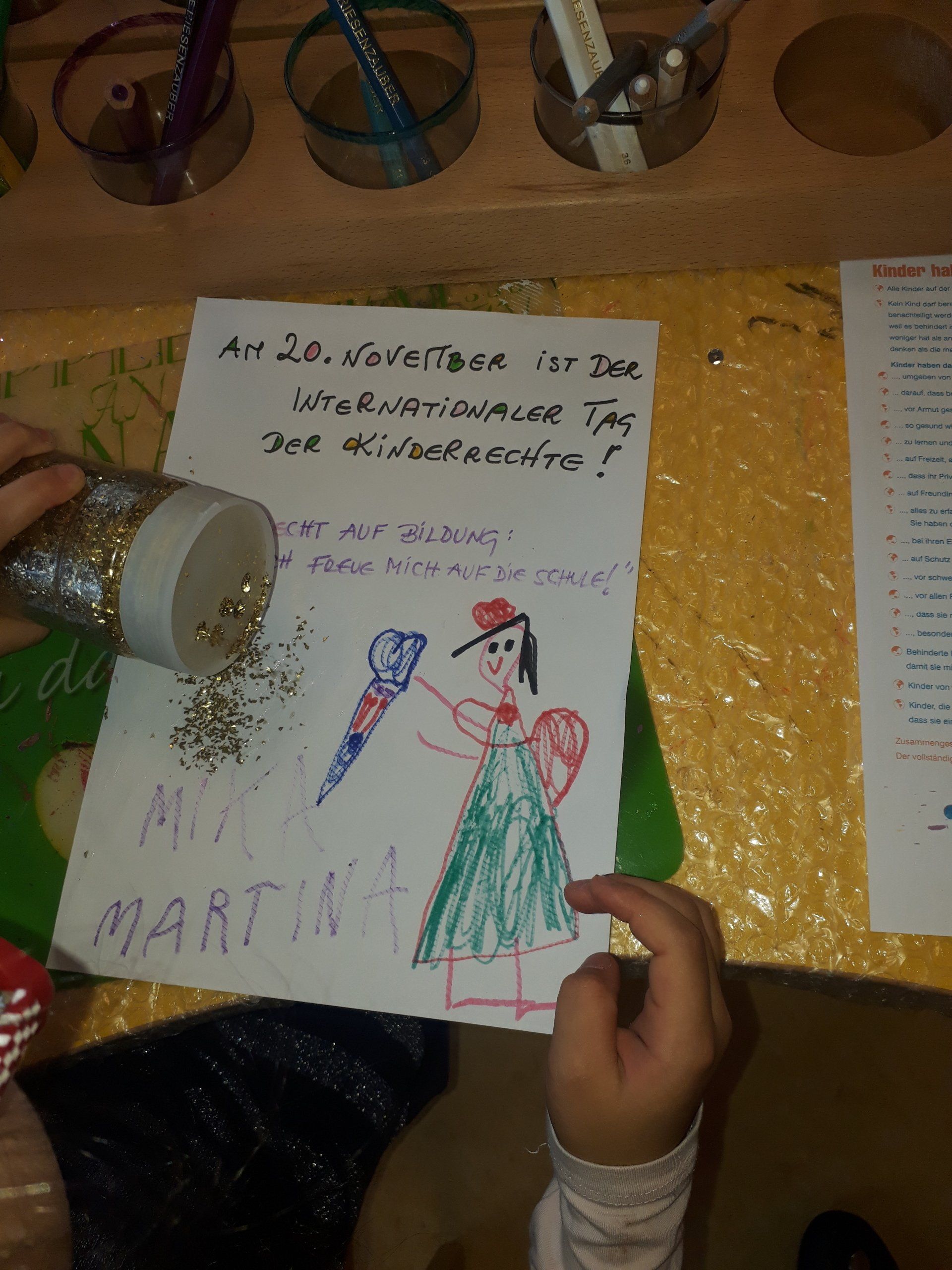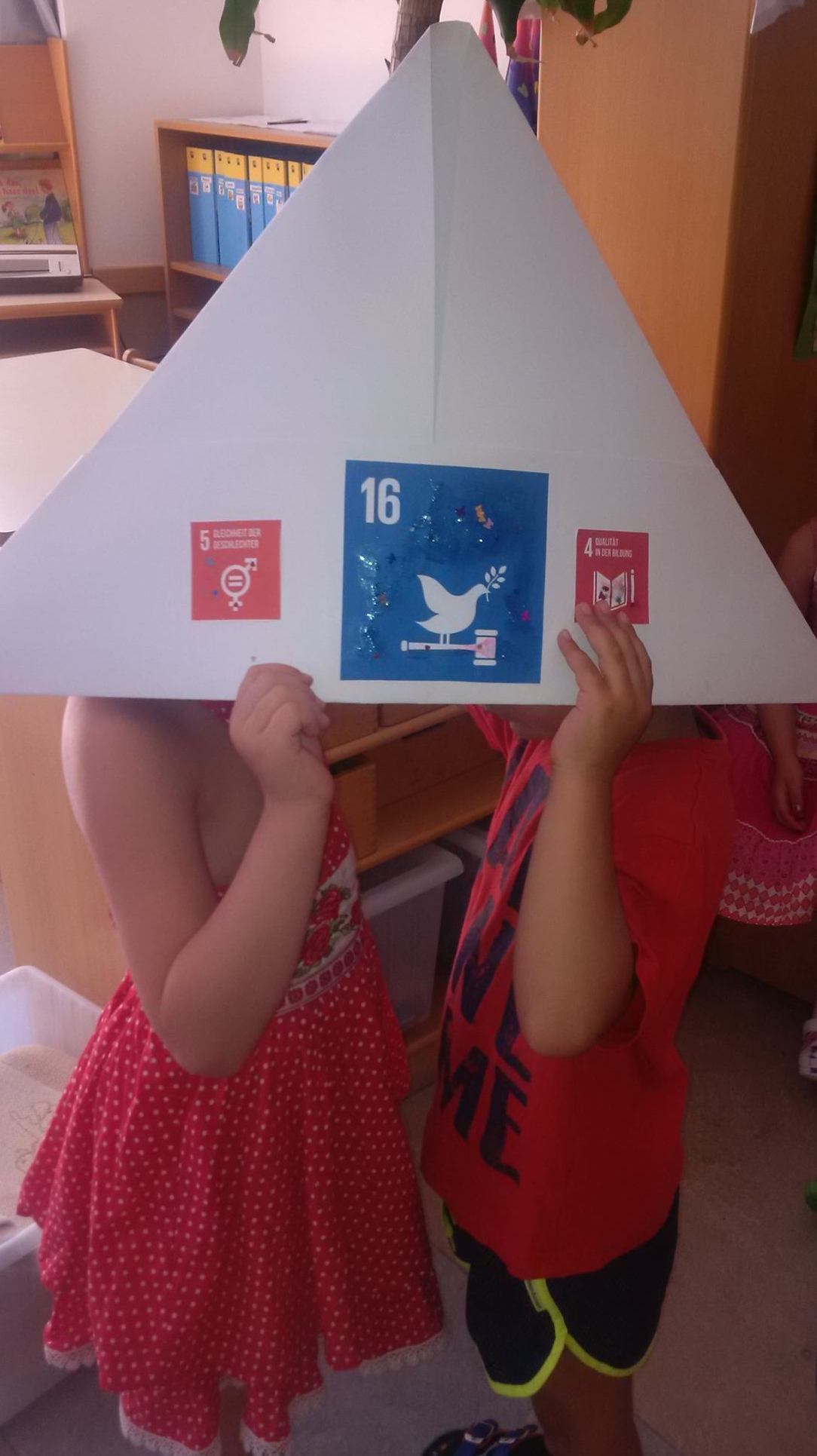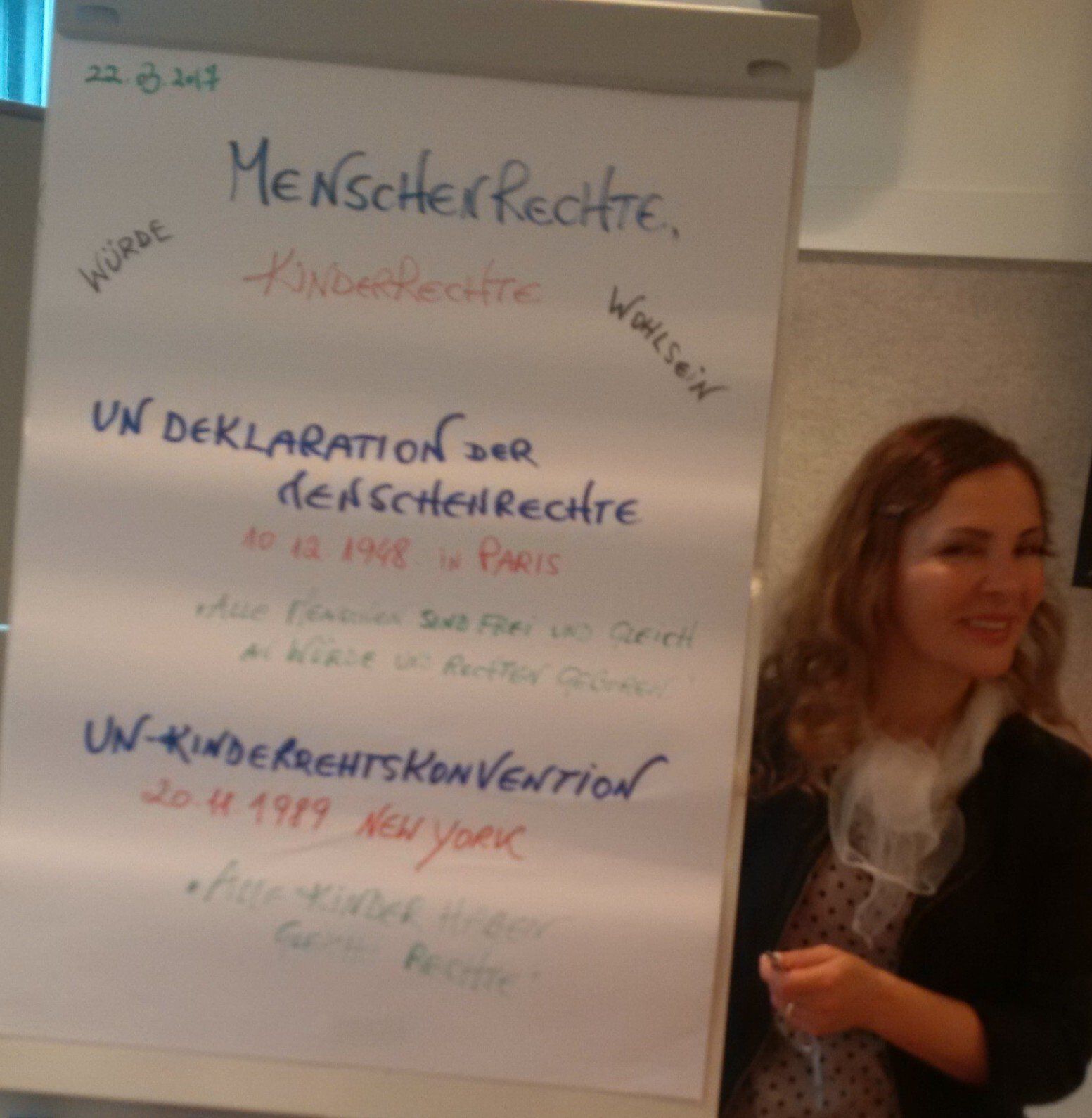Compliance in the practice of children's rights
The Yellow Snowman

A. 5 years drawing, story;
war_refugee_trauma
Workshops, seminars, research projects4/withstudents, pedagogical staff, teachers, international institutions, communities, everyone who is interested
28 years of practice, research and teaching :
Compliant Practice of Children's Rights _Human Rights
Case studies, success stories
10x10
workshops, seminars, trainings
In 1989, the Convention on the Rights of the Child, or the UN Convention on the Rights of the Child, has been presented, accepted and signed at the UNO General Assembly on the main square of the United Nations (UN) in New York. In this way, a child-specific, legal framework was developed, to which numerous projects, educational policy measures, initiatives and various actions for the implementation of these rights and thus the development of a child-friendly, non-violent, caring, solidary and peace-building oriented education and relational culture has been launched.
The original text of the Convention on the Rights of the Child
contains 54 articles.
UNICEF, as the children's rights organization of the United Nations (UNO), sumarises the convention in ten fundamental rights together.
O
In Austria, together with the federal state and local governments. a numerous policy areas and institutions are responsible for implementing the UN Convention on the Rights of the Child,
and for creating a child-friendly society.
In this process, the Federal Ministry of Economy, Family and Youth has the task of coordinating the Federal Government's child rights policy on the one hand, and on the other it takes on essential aspects for theImplementation of the Convention on the Rights of the Child, such as Family support, prevention of and measures against violence.
With the anchoring of the central basic principles of the Convention, according to which the child welfare (Kindeswohl) is the overriding consideration (Art. 1) and the child's views must be taken into account (Art. 4), the aim is to ensure that children's rights are respected.
Educational institutions play a crucial role, starting from kindergarten, where children rights are finding its place in accordance with the children needs .
Through the development of the common agreement, the Rights that apply equally to all children are regulated.
The UN Convention on the Rights of the Child (CRC) is an essential document for the development of pedagogical concepts grounded in the ethics as expressed in the CRC .
